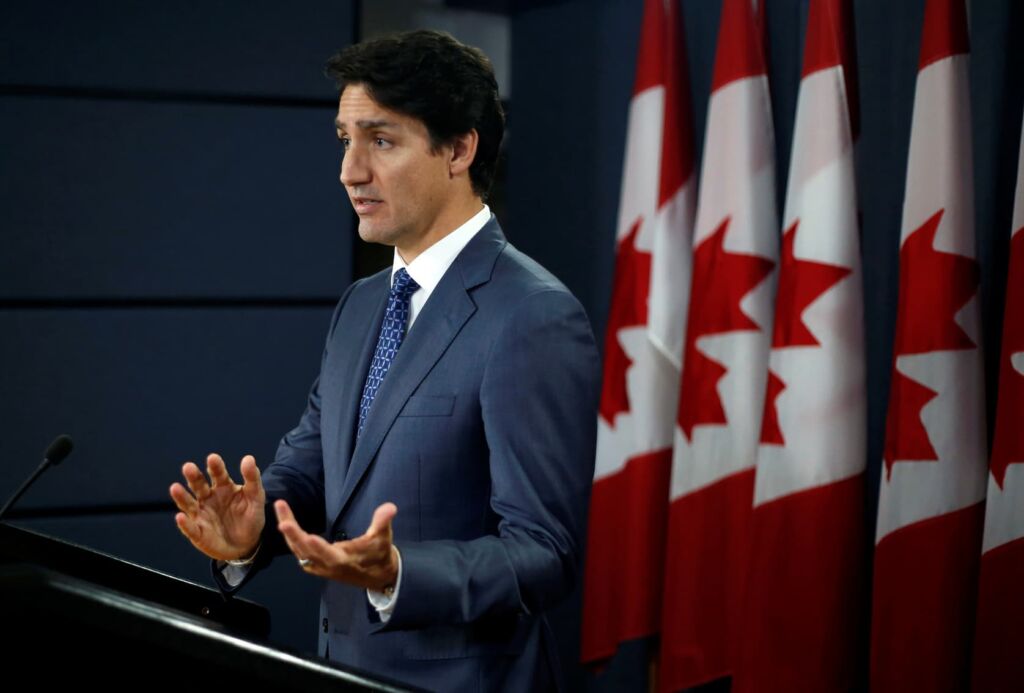The October election was dominated by two themes: affordability and climate change. Justin Trudeau acknowledged these concerns in his first press conference after the election. But immediately after acknowledging these issues, he announced that the first act of his newly formed minority government will be a “middle class” tax cut.
Analysis by David Macdonald shows that this tax cut will drain nearly $6 billion per year from federal coffers by 2023. But even after spending all that money, many who receive the tax cuts will barely even notice them. In 2023, the average individual will get just $155 from the tax cuts. The average family will get $325.
To be sure, $155 would be a boost for people with fixed and low incomes, but Trudeau’s “middle-class tax cut” is not for them. In fact, individuals in the three lowest income deciles receive no benefit from this tax cut. Individuals in the fourth lowest decile, earning between $13,000 and $21,000, would receive $56—amounting to less than $5 per month. Of course, it may seem self-evident that a tax cut aimed at the middle class doesn’t offer significant payouts to people with lower incomes. But the benefits of this tax cut aren’t concentrated with middle income earners, either. The people poised to see the biggest benefit from this tax cut are Canadians with some of the highest incomes: double-income families with household incomes between $143,000 and $195,000 a year.
Tax cuts disproportionally benefit high-income earners. And they do so at the detriment of programs that make life more affordable for all Canadians. By making this tax cut the first priority of its mandate, the newly formed government is cutting a $6 billion hole in the public purse, scooping out funds that have the potential to fund important and impactful programs.
An extra $155 annually, or $13 a month, will do little to help cover the high cost of child care (which tops $20,000 a year in Toronto for infants on average) or rent a decent apartment in most of Canada.
The fact is, there are much more effective ways to make that $6 billion a year go further.
Here are ten of them¹:
| Investment | Annual cost |
| Expand affordable child care | $3 Billion |
| Increase health care funding to keep pace with rising provincial health care costs | $1.98 Billion |
| Ensure timely access to mental health care | $1.2 Billion |
| National Plan for Seniors | $3.72 Billion |
| Sustainable Infrastructure Transfer Fund | $4.35 Billion |
| Eliminate interest on student loans | $1.175 Billion |
| Just Transition Transfer | $100 Million |
| Improve social assistance | $4 Billion |
| Basic income program | $4.24 Billion |
| Protect Canada's great lakes and freshwater | $950 Million |
Fifty-six per cent of voters cast their ballots for parties that supported federal pharmacare and urgent action on affordable housing–and $6 billion could provide a firm foundation to move forward on those policies. Thirty per cent (just shy of the 33 per cent that delivered the Liberals almost half of the seats this election) voted for platforms that pledged to eliminate fossil fuel subsidies, and the same number supported parties that advocated for aggressively ramping up climate action, making changes to the NAFTA 2.0 agreement, and moving ahead with a wealth tax on the super rich. Fifty-seven per cent voted for parties that favoured running deficits over reducing services and budget lines.
Undercutting revenues won’t help make any of this happen.
All of these new initiatives require investment. But done properly, ambitious new spending would save individuals, families, businesses, and even governments much, much more. That’s why the only effective way to address Canada’s affordability crisis is through revitalizing our social programs and investing in our communities.
A rebate of thirteen dollars per person per month doesn’t go very far. Let’s invest this $6 billion on programs that can deliver.
¹ The estimated costs of these programs are taken from the Macroeconomic chapter of the 2019 Alternative Federal Budget (AFB). They can be found in Table 3, starting on page 20 of the AFB. For more information on each of the programs proposed in this table, see the correlating chapter in the AFB.







